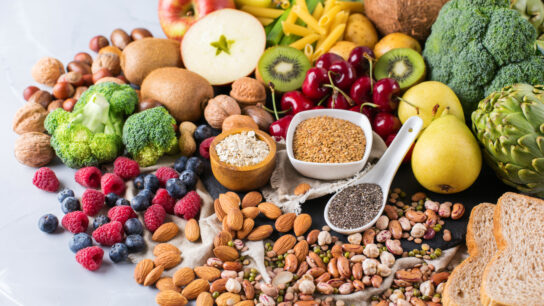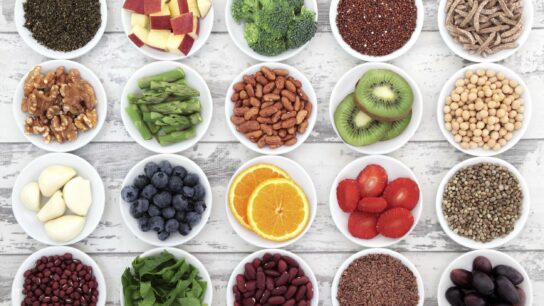Introduction
Pork rinds, also known as chicharrones, cracklings, or pork skins, are a popular snack enjoyed around the world. These crispy, crunchy treats are made from the skin of pigs, which is fried or roasted until it becomes puffy and crispy. While pork rinds are often praised for their flavor and texture, there is ongoing debate about their nutritional value and health implications. In this comprehensive guide, we will explore the factors that determine whether pork rinds are healthy, their nutritional content, potential benefits, drawbacks, and common questions surrounding their consumption. By understanding the facts about pork rinds, you can make informed decisions about including them in your diet.
Understanding Pork Rinds
Pork rinds have a long history and are a traditional food in many cultures, especially in regions where pork is a staple part of the diet. They are typically made by first removing the fat and hair from the pig’s skin, then cooking it in hot oil or baking it until it puffs up and becomes crispy. The resulting snack is high in fat, low in carbohydrates, and contains little to no protein or fiber.
Nutritional Content of Pork Rinds
Pork rinds are primarily composed of fat, with small amounts of protein and minimal carbohydrates. A typical serving of pork rinds (about 1 ounce or 28 grams) contains:
Calories
Approximately 160-180 calories
Fat
Approximately 10-12 grams, mostly saturated fat
Protein
Approximately 16-18 grams
Carbohydrates
Minimal, typically less than 1 gram
Fiber
None
Potential Benefits of Pork Rinds
While pork rinds are often considered a high-fat, low-nutrient snack, they do offer some potential benefits when consumed in moderation:
Low in Carbohydrates
Pork rinds are virtually carb-free, making them suitable for low-carb or ketogenic diets.
High in Protein
Despite their low protein content compared to other snacks, pork rinds still provide some protein, which can help satisfy hunger and support muscle maintenance.
Gluten-Free
Pork rinds are naturally gluten-free, making them a suitable snack option for individuals with gluten intolerance or celiac disease.
Flavorful and Crunchy
Pork rinds are known for their satisfying crunch and savory flavor, making them a popular snack choice for those craving a salty treat.
Drawbacks of Pork Rinds
While pork rinds may offer some benefits, there are also potential drawbacks to consider:
High in Saturated Fat
Pork rinds are primarily composed of saturated fat, which can contribute to elevated cholesterol levels and increased risk of heart disease when consumed in excess.
High in Sodium
Many commercially available pork rinds are seasoned with salt or other flavorings, leading to high sodium content, which can contribute to hypertension and other health issues.
Lack of Essential Nutrients
Pork rinds are low in essential nutrients such as vitamins, minerals, and fiber, making them a less nutritious choice compared to whole foods like fruits, vegetables, and lean proteins.
Calorie Dense
Despite their low volume, pork rinds are calorie-dense, meaning they provide a significant number of calories relative to their weight. Overconsumption can contribute to weight gain and obesity.
Common FAQs About Pork Rinds
Are pork rinds keto-friendly?
Yes, pork rinds are suitable for ketogenic diets due to their low carbohydrate content. However, it’s essential to choose plain pork rinds without added sugars or seasonings.
Can pork rinds be part of a healthy diet?
While pork rinds can be enjoyed occasionally as a snack, they should not be a primary component of a healthy diet. It’s essential to balance pork rind consumption with nutrient-dense whole foods such as fruits, vegetables, lean proteins, and whole grains.
Are pork rinds safe for individuals with heart disease?
Due to their high saturated fat and sodium content, individuals with heart disease or hypertension should consume pork rinds in moderation and opt for lower-sodium varieties when possible.
Are there any alternatives to traditional pork rinds?
Yes, there are alternative snacks available that offer similar flavors and textures to traditional pork rinds but with fewer calories and less fat. Examples include baked chickpea snacks, air-popped popcorn, or roasted nuts.
Can pork rinds cause digestive issues?
Some individuals may experience digestive discomfort such as bloating or indigestion after consuming pork rinds, particularly if they are sensitive to high-fat foods. Moderation and mindful eating can help reduce the risk of digestive issues.
Are there any health benefits to homemade pork rinds compared to store-bought varieties?
Homemade pork rinds may contain fewer additives and preservatives than store-bought varieties, but their nutritional content remains largely the same. Regardless of preparation method, pork rinds should be enjoyed in moderation as part of a balanced diet.
Conclusion
Pork rinds are a popular snack enjoyed for their crispy texture and savory flavor, but their nutritional value and health implications depend on various factors. While they are low in carbohydrates and high in protein, they are also high in saturated fat and sodium, which can pose risks to cardiovascular health when consumed in excess. Ultimately, whether pork rinds are healthy for you depends on your individual dietary preferences, health goals, and overall lifestyle. Enjoy pork rinds occasionally as a treat, but be mindful of portion sizes and balance them with nutrient-dense whole foods for optimal health and well-being.




